Alex and Allyson Grey Gave a Powerpoint Presentation on Expanding Your Consciousness Through Raving by Molly Hankins
The iconic psychedelic couple also worked on some mind-bending live paintings during a recent Shpongle set in LA.
Last month, the 40,000-square-foot Belasco Theater in downtown LA hosted the pre-party for Gem & Jam—a jam and electronic music festival held in February in Tucson, Arizona. Sometime between Russ Liquid's trumpet jam sesh and Shpongle's epic goa vista, the music stopped, and the crowd of Burning Man and hipster types in fractal prints, wire-wrapped crystals, and light gloves burst into roaring applause. Alex and Allyson Grey—a married couple who are icons in the psychedelic art scene—appeared on stage, and everyone shut up to listen to their presentation on the connections between psychedelic culture, tribal gatherings, and dance music. Of all the shocking things I've seen happen at a dance music event, this mid-party slideshow took the cake.
Alex and Allyson's 25-minute presentation posited that raves can be vehicles for expanding your consciousness. Alex argued that human beings have been coming together to dance to a drumbeat, take consciousness expanding substances, and connect with each other at a deeper level since antiquity. "Things like what's going on tonight have been going on for a long time," Alex said, referring to Neolithic drumming and ancient shamanic rituals. He was excited yet careful when he spoke, every word feeling protracted. And if he ever got too heady, Allyson would jump in to translate.
To emphasize this point, their presentation featured dozens of cave drawings, dated back to as far as 10,000 years ago, of figures holding mushrooms and running around manically. Alex believes—alongside many brilliant free thinkers, including the late psychedelic guru Terence McKenna—that these drawings are proof of ancient psychedelic culture.
"Responsible anthropologists are wondering whether the use of psychedelics had something to do with the origins of art," Alex said. "When you have these strong visionary experiences, it would be natural to want to start somehow representing and sharing that experience."
The crux of Alex and Allyson's message is that we need to stop demonizing psychedelic use in order to understand it as a spiritual sacrament. According to Alex, psychedelic experiences can be "life changing" and "positive." "What are you going to do when your own culture tells you there's no medicinal or redeeming value in these things?" he asked.
Finally, once the duo finished their lecture, Shpongle's set began. The stage became a hypnotic carnival of snake charming dancers and aerial silk artists in meditative poses. In the middle of all this, the Greys worked on elaborate, rainbow-colored paintings of swirling heads and other psychedelic images—a process called live painting.
Perhaps best known to the general public for his work on Tool's Lateralus and 10,000 Days album covers, Alex is a renown psychedelic artist whose drawings can often be found on the walls of dreadlocked college students around the world. Along with Allyson, he founded the Chapel of Sacred Mirrors—an art sanctuary and trans-denominational interfaith church. Their art pays homage to the insight and visions offered by every mainstream psychedelic, including psilocybin, LSD, and DMT, which they refer to as "utopi-ates."
25 years ago, Alex and Allyson were ordinary parents raising their daughter Zena in New York City. "We were on the Sesame Street scene back then," joked Alex when I interviewed them after the show in the venue's green room beneath the thumping stage. The couple were far removed from the world of electronic music; instead, Alex's work was shown everywhere from Lincoln Center Plaza to Rolling Stone.
Alex started seeing his art being used on flyers for underground parties in the city and decided to investigate. "It was semi-infuriating, [but] on the other hand it was kind of a backhanded compliment," Alex said. "Eventually I got curious, like, what kind of music is going on here that they would be into my work?"
Some friends took Alex and Allyson to these parties, and from there, they entered the city's vibrant rave scene. Fast forward to 2004, and Alex was invited to paint on of his works live onstage during an STS9 performance in New York City in 2004, then again with the Disco Biscuits in 2005.
When their daughter Zena grew up and they were able to travel more, Alex and Allyson began live painting at electronic shows and developed a format they now use all over the world. "We usually have an idea drawn out to the middle of the piece, not too finished," Allyson explained. "Our work takes us a long time and you want to be at an interesting stage in the work in front of people." The piece she was working on at the Belasco Theater was started last year in Mexico City and is nearly complete.
Both the lectures and the live paintings serve Alex and Allyson's ultimate goal of recontextualizing psychedelics and raving as sacred rituals utilized for thousands of years. Party culture may have a social stigma, but the Greys believe that electronic music events can be transformative. "The beat and full-volume music sends people toward an inner yet communal experience relational to tribal ecstatic dance," explained Allyson.
"This kind of drumming and dancing and going all night is tribal, and when you add a psychedelic or MDMA, you become empathetic with huge groups of people," Alex concluded. "It helps us envision a kind of world where humanity can get along and that's a world we need to keep envisioning. We need to stay positive."
Featured Photo : Alex Painting in Belasco Theatre 2016
